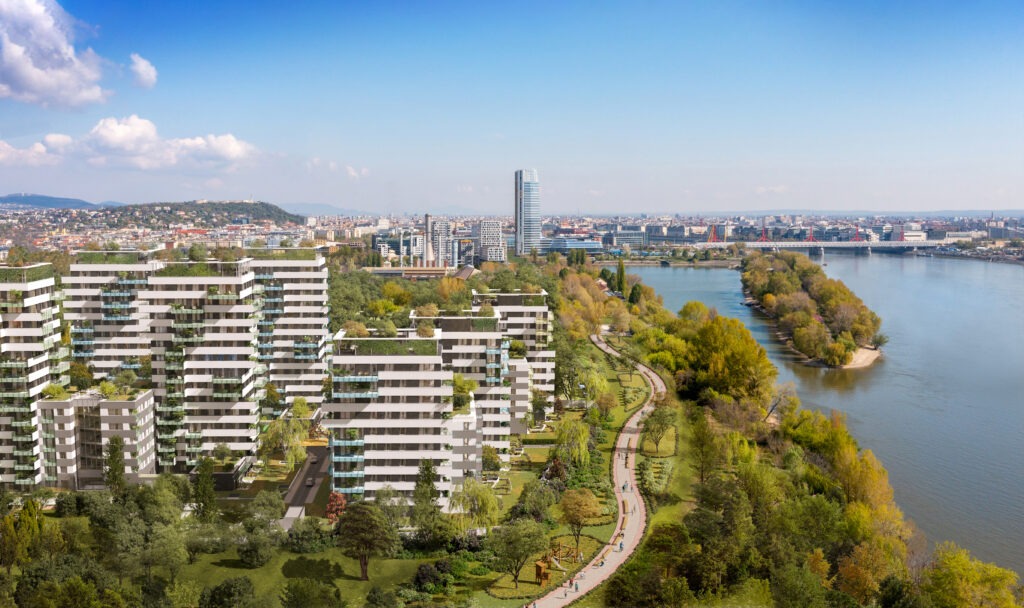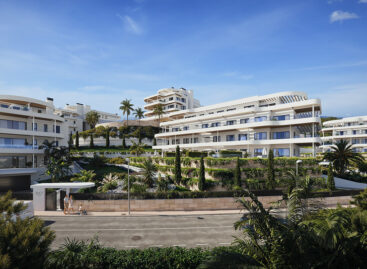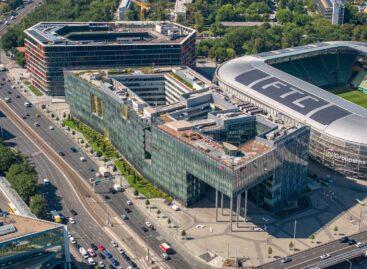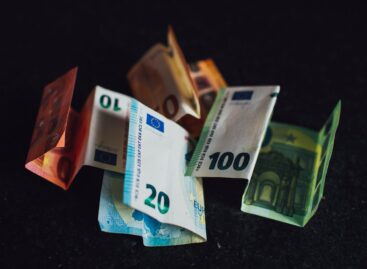The boom in the industrial and residential real estate market is opening a new era in Hungary’s real estate market
The domestic real estate development market is back on a growth path in 2025: after last year’s difficult year, investment turnover could double this year, and next year – with the improvement of the economic outlook and the support of government programs – it could return to the pre-pandemic level. The dynamics are based on the parallel strengthening of the industrial and residential real estate markets, according to the now traditional annual sector analysis of the Real Estate Developers Roundtable Association (IFK), which was presented by President Ernő Takács on the occasion of the 13th Real Estate Development Day.
Expanding investments, regional capital and strategic shift
 According to CBRE data, investment turnover of EUR 800 million is expected this year, which is double the EUR 400 million in 2024, and next year – thanks to stronger economic growth, loose monetary policy and the expansion of regional capital – it could reach EUR 1 billion again.
According to CBRE data, investment turnover of EUR 800 million is expected this year, which is double the EUR 400 million in 2024, and next year – thanks to stronger economic growth, loose monetary policy and the expansion of regional capital – it could reach EUR 1 billion again.
Between 2023 and 2025, more than 23 billion euros of working capital arrived in Hungary, mainly in the form of industrial developments. According to Ernő Takács, industrial investments have opened a new era not only from an economic but also geopolitical perspective: “Hungary is not only building, but also changing its strategy. The country can not only manufacture, but also serve – with logistics, infrastructure and high-quality industrial developments – and this can set the real estate market on a new course,” said the IFK president.
Hungarian capital currently dominates the investment market, but regional (mostly Czech) and non-EU involvement is strengthening, while the activity of Western European investors is more moderate. The return of Austrian capital and the advance of Chinese investments – especially in the battery and electromobility industries – may give the market new directions.
Broader context – the turning point of the Hungarian real estate market in 2025
Following the stabilization in 2024, a new growth cycle began in domestic real estate development in 2025. The doubling of investment turnover indicates the return of confidence, and the momentum of industrial and residential developments indicates the revival of the real sector. There are three factors behind the trends: macroeconomic turnaround (decreasing inflation, decreasing interest rates), government programs – (Otthon Start, green development incentives), as well as regional integration, strengthening Hungarian and Central European capital.
Industrial real estate: rural dynamics and new development centers
The industrial real estate market has been at the forefront of growth: the total stock now exceeds 17 million square meters, of which nearly 6 million m2 are rental properties, while a good 11 million m2 are owned warehouses or production halls. A further 2.5 million square metres of development is underway, mainly for own use, but 520,000 m2 of new halls are also being built to meet tenant needs. Demand is particularly strong in rural areas, where by the end of September demand had already exceeded last year’s full-year level by 25%. The highlighted regions include Northern Hungary (Debrecen, Miskolc), the Southern Great Plain (Szeged, Békéscsaba) and Southern Transdanubia (Pécs, Baranya). In these regions, infrastructure developments – motorways, bridges – have triggered a new wave of investment. The role of university towns is also gaining importance, as the provision of skilled labour is a basic condition for industrial developments. The vacancy rate of the rural warehouse market remained around 9%, compared to 13% in Budapest, which shows the durability of rural demand.
Related news
European real estate investors are turning to Bali
🎧 Hallgasd a cikket: Lejátszás Szünet Folytatás Leállítás Nyelv: Auto…
Read more >Hungary’s leading housing developer is building half a thousand luxury apartments on the Spanish Riviera
🎧 Hallgasd a cikket: Lejátszás Szünet Folytatás Leállítás Nyelv: Auto…
Read more >Full house at Telekom Campus again
🎧 Hallgasd a cikket: Lejátszás Szünet Folytatás Leállítás Nyelv: Auto…
Read more >Related news
Investment dumping is coming in the food industry
🎧 Hallgasd a cikket: Lejátszás Szünet Folytatás Leállítás Nyelv: Auto…
Read more >It turns out which online food ordering platform websites are the most sustainable
🎧 Hallgasd a cikket: Lejátszás Szünet Folytatás Leállítás Nyelv: Auto…
Read more >Customers are also looking for the record-breaking iPhones in refurbished versions
🎧 Hallgasd a cikket: Lejátszás Szünet Folytatás Leállítás Nyelv: Auto…
Read more >







